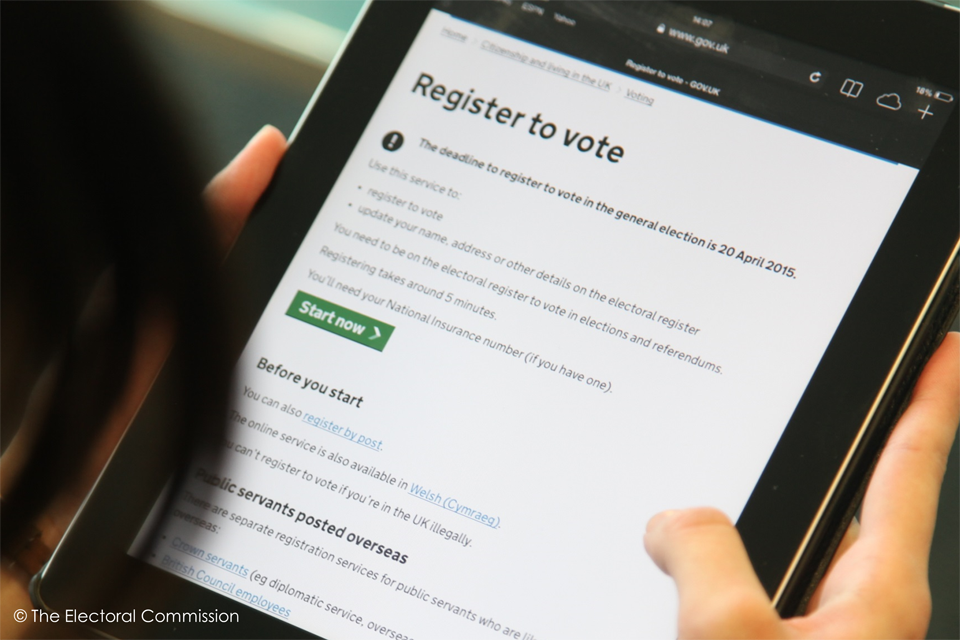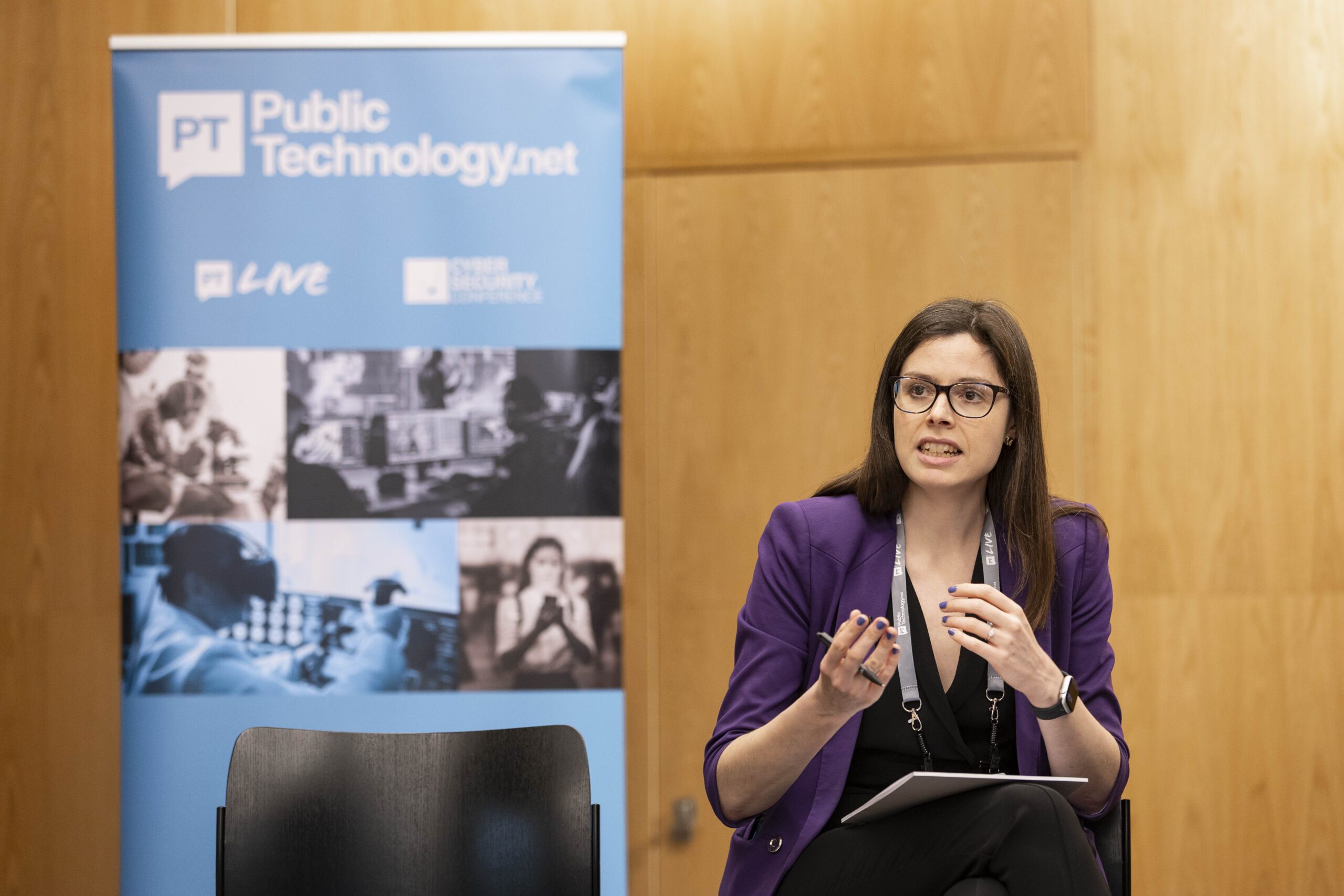Two weeks on from the publication of the strategy to make London the world’s smartest city, the capital’s chief digital officer Theo Blackwell talks PublicTechnology through the plan and the key challenges ahead
Credit: GLA
“A typical London borough provides something like 650 services,” according to Theo Blackwell, the capital’s chief digital officer.
Considering that London is home to 32 borough councils – plus the City of London Corporation – that equates to a citywide total of more than 20,000 individual service-delivery teams. Which adds up to a pretty hefty digital-transformation remit for former Camden councillor Blackwell (pictured above) – London’s first-ever chief digital officer.
Each of those borough councils itself serves a city-sized citizenry. The least populous borough, Kensington and Chelsea, is a little bigger than Oxford. Croydon’s total of more than 370,000 inhabitants is almost 30,000 more than Cardiff.
London also has almost 50 secondary- and emergency-care 50 NHS trusts, and a clinical commissioning group for each of the 32 boroughs.
The citywide Greater London Authority – at the head of which is directly elected mayor Sadiq Khan – oversees London’s public transport, policing, economy, and fire and rescue services.
Boroughs will be motivated by different things. Some will be interested in air quality data, some will be interested in planning tall buildings. We need to roll with the punches, rather than saying to boroughs ‘here are the use cases’.
Since arriving at City Hall in August 2017, Blackwell has been charged with creating a plan to help guide all of London’s public-sector entities in the development and deployment of smart-city technology and digital public services.
That plan – dubbed Smarter London Together – was published earlier this month. The document lays out five key “missions”: more user-designed services; strike a new deal for city data; world-class connectivity and smarter streets; enhance digital capability and skills; and improve citywide collaboration.
At this week’s Public Sector Show in London, PublicTechnology caught up with Blackwell to discuss the potential impact of his digitisation and smart-city agenda, and the key challenges it faces.
PublicTechnology: To what extent has your plan got the necessary buy-in from the borough councils, NHS trusts, and other public-sector entities across London?
Theo Blackwell: We are in the early days. But we have a new Smarter London Together roadmap, which was published on 12 June. The plan sets out our ambitions for London – in a recognisable form for all local authorities – what we want from them in service design, data sharing, in helping us with the skills investment, and being behind us when we create vehicles to collaborate better and more effectively. In the past, we have either done that in an ad hoc fashion – which has sometimes worked, and sometimes not worked. Or we have had initiatives that stop at a certain point. I think we need a new approach. We need to create the foundations to do that in a way that is both less ad hocery and less formal [than in the past].
£15,000
Potential funding available for technology firms through the Civic Innovation Challenge to test solutions to the city’s challenges
34
Number of local authorities in operation in London, including 32 borough councils, the City of London Corporation, and the citywide Greater London Authority
750
Number of data sets in the GLA’s London DataStore, including information on things such as flight paths and school places
£7m
Amount invested by mayor Sadiq Khan in a programme to boost digital skills and education among women and BAME Londoners
48
Number of NHS trusts in London, including 39 hospitals and acute specialist healthcare providers, eight mental health trusts, and the London Ambulance Service
What can be done at a GLA level to promote things like design templates?
We want to promote the [Local Government Digital] Service Standard, that is the number-one point in our roadmap. We have also created the London Office of Data Analytics, using the Information Sharing Gateway model that was developed in Lancashire and Cumbria. We haven’t created it – we are taking on board something that works already. There is also the London Office for Technology and Innovation that we will create, and that will bring together the boroughs that want to be brought together to create common standards. That model is based on the Scottish Digital Office. In London we are visionary, but we are also quite pragmatic – we will take what works somewhere else and adapt it or copy it.
What about those boroughs that aren’t yet ready to be brought together?
They can always join us. We want to create a structure where more people can join us if they want to do so, and if they are willing to put the investment in – [which is about] investing in their own people, investing in people who are digital leaders. A lot of authorities are also still in long-term contracts with big providers.
How big are the challenges – either technical, procedural, or cultural – that still stand in the way of better use of data, and better data sharing?
One of the challenges we have across UK local government is that in the unit of delivery – the borough, by and large – people have not been convinced by the case for data. Because when you operate with data from 250,000 people, that might be seen as too small. But once you have got combinations of boroughs doing things together, when you get 750,000 to a million people… then you can seize the benefits of scale. We will also equip them with some productivity tools that they haven’t had before.
So, do you think it is more likely we will see three or four neighbouring boroughs working together on initiatives, rather than a big pan-London programme of data sharing?
[Different] things will motivate some boroughs more than others. Some will be interested in air quality, some will be interested in planning tall buildings [for example]. We need to roll with the punches, rather than saying to boroughs ‘here are the use cases’.



